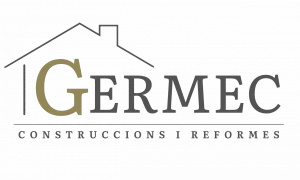Traditionally, designers have had to learn complex animation tools from scratch to produce even the simplest of motion graphics. In recent years, a slew of software has come out vying for the attention of prototypers and motion designers, such as Framer, Origami andPixate, not to mention the old classics such as Adobe After Effects.
However, I found them all to be a bit of overkill for what I was trying to achieve. As a UI designer, I needed a rapid, easy-to-learn, familiar tool to animate my static designs. I needed to produce animations quickly, since my team was iterating quickly on a product we were working on. I also didn’t want to learn an entirely new software paradigm. A bonus would be a tool that integrates nicely in my existing static design workflow (I generally use Sketch and Photoshop).
In my quest to find a tool that is more suitable to these needs, I stumbled upon one that has been on my computer all along — Apple’s Keynote.
Most people know Apple’s Keynote as the PowerPoint equivalent on Mac OS X — presentation software. That is true, but it can also be used to produce surprisingly high-fidelity animations and prototypes. In fact, many employees at companies such as Google and Apple use Keynote on a daily basis for UI design, animation and prototyping.
Last year, Andrew Haskin, interaction designer at Frog, showed us just how powerful Keynote could be when he recreated Google’s material design animations entirely in Keynote.
Keynote is fairly easy to pick up, because most people have used some sort of presentation software in their life. It is very much like PowerPoint if you’re familiar with it, so the interface is recognizable and you will immediately understand how to create and edit slides.
One of my favorite aspects of animating in Keynote is that it is straight to the point — there is no code, complicated timelines with keyframes or unnecessary functionality for designers.
The major legwork of the animation is done with Keynote’s “Magic Move” transition effect. With Magic Move, all you need is a beginning and end slide, and you can edit any number of properties between them (scale, position, rotation, etc). Keynote takes care of the rest by intelligently filling in the gaps, creating a seamless transition from one slide to the next.


Leave a comment